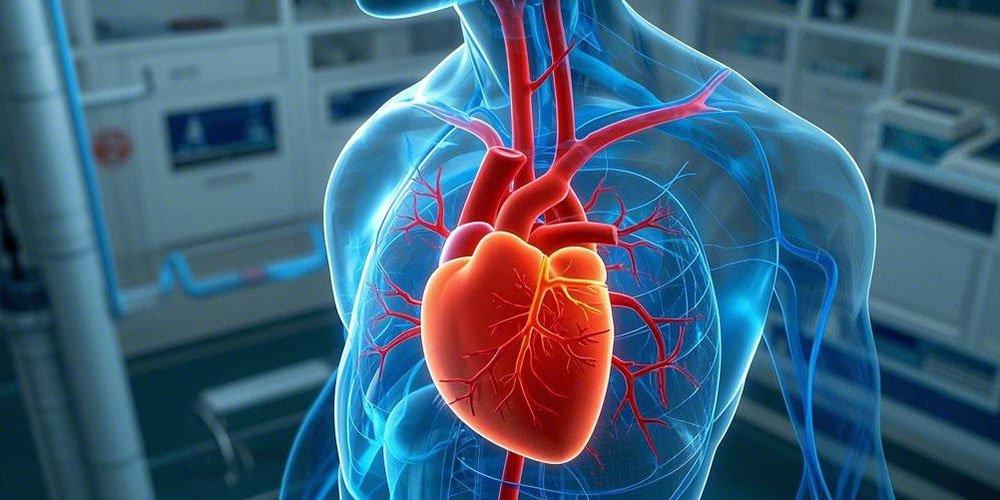The cardiopulmonary system is the core hub for gas exchange between the human body and the outside world. Oxygen plays a crucial role in maintaining the stability of cardiopulmonary function. When we breathe, oxygen enters the lungs. In the tiny “exchange station” of the alveoli, oxygen passes through the alveolar wall and the capillary wall into the blood and combines with hemoglobin in red blood cells to form oxyhemoglobin. At the same time, carbon dioxide in the blood is excreted. This process involves complex physiological mechanisms, including gas diffusion, the binding and dissociation of hemoglobin, etc. The gas exchange between the alveoli and capillaries follows the gas diffusion law, that is, gas diffuses from the side with a higher partial pressure to the side with a lower partial pressure. In the lungs, the partial pressure of oxygen is higher than that in the blood, so oxygen can smoothly enter the blood; while the partial pressure of carbon dioxide is higher in the blood than in the alveoli, so it is excreted.
The heart is like a powerful “pump” that transports oxygen – rich blood to all parts of the body. Sufficient oxygen supply can ensure the normal operation of cardiomyocytes and maintain the regular beating of the heart. The metabolic activities of cardiomyocytes are very active, and their demand for oxygen is extremely high. Once the oxygen supply is insufficient, cardiomyocytes will suffer from hypoxic damage, leading to a decline in heart function. For patients with cardiopulmonary diseases, such as patients with chronic obstructive pulmonary disease (COPD), due to impaired lung function and blocked gas exchange, the body is in a long – term hypoxic state. Oxygen therapy can effectively increase the oxygen content in the blood and relieve the symptoms of dyspnea. Statistics show that for COPD patients who adhere to long – term oxygen therapy, the average number of acute attacks is reduced by 1 – 2 times a year. This is because oxygen inhalation can improve the ventilation and gas exchange functions of the lungs, reduce the burden on the heart, and improve the quality of life of patients. Oxygen inhalation is also very important for coronary heart disease patients. It can reduce the burden on the heart, improve the blood supply and oxygen supply to the myocardium, and prevent the occurrence of myocardial infarction. Research shows that when coronary heart disease patients inhale oxygen in a timely manner during an attack, the symptoms of chest pain can be effectively relieved, and the degree of myocardial damage can be reduced. In a clinical study on coronary heart disease patients, it was found that the increase in myocardial enzymes in patients who inhaled oxygen in a timely manner during an attack was significantly lower than that in patients who did not, indicating that oxygen inhalation can reduce the damage to cardiomyocytes.


Leave a Reply